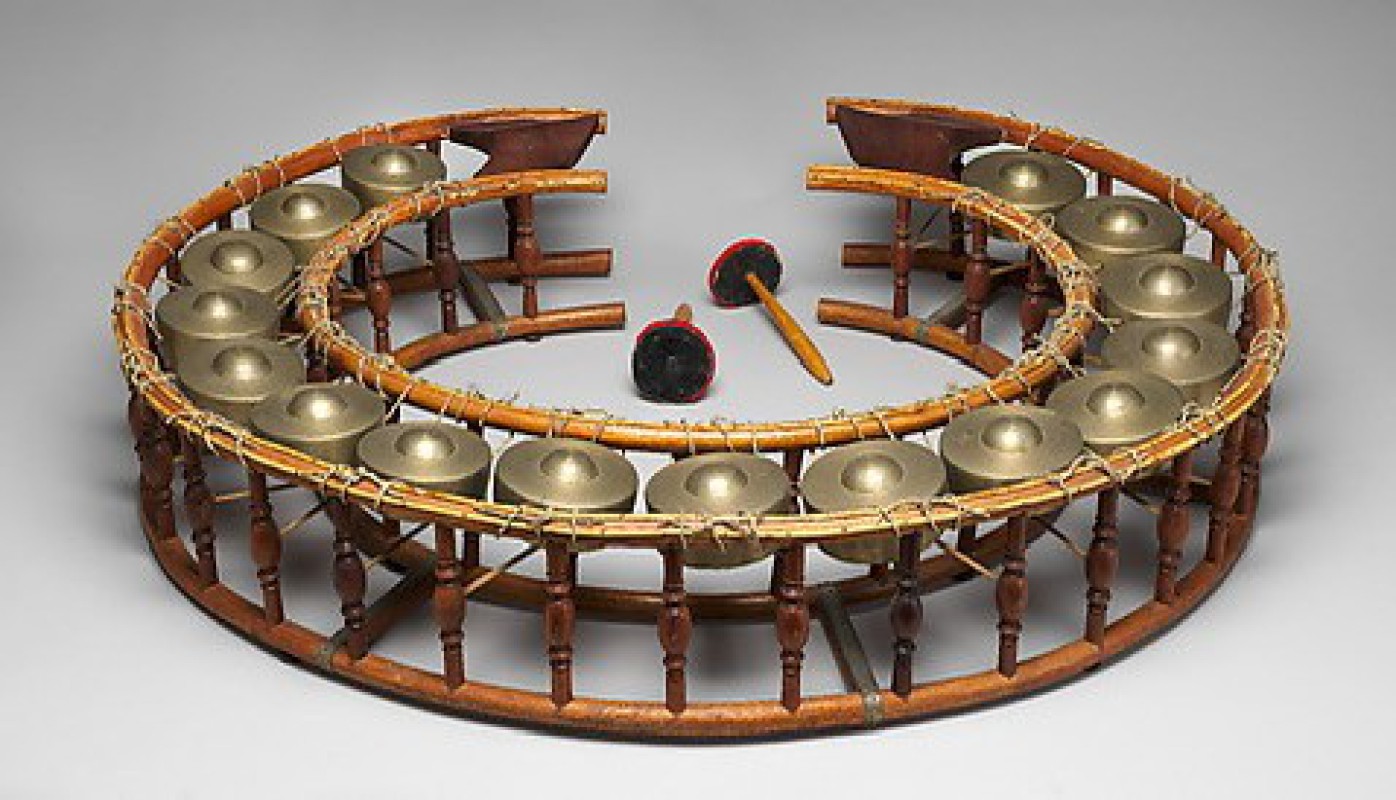Timeless resonance divine instrument

810

Thiri Khit Oo (NP News) - Oct 4
In the heart of Myanmar, where ancient rivers wind through lush landscapes, the resonant clang of gongs echoes through the centuries. These bronze instruments, crafted with exquisite skill, have been an integral part of Burmese culture for ages, their deep, melodious tones carrying tales of tradition, spirituality, and identity.
Gongs, often referred to as "kyi," are more than mere musical instruments; they are cultural symbols that embody the soul of Myanmar. Their intricate designs, often adorned with intricate patterns and motifs, reflect the rich artistic heritage of the country. From the grand temples of Bagan to the bustling markets of Yangon, the sound of gongs can be heard, a constant reminder of the enduring spirit of the Burmese people.
Gongs have been used in Myanmar for centuries, with their origins dating back to ancient times. Historical evidence suggests that gongs were present in the region as early as the Pyu era, 1st to 9th centuries CE. Myanmar people have been integral to various cultural, religious, and ceremonial practices throughout Myanmar’s history, evolving in style and significance over time. In this way, the tradition continues to be an essential part of Myanmar’s musical and cultural heritages today.
In Myanmar, gongs are commonly used in various ceremonial contexts, such as religious rituals, festivals, and traditional performances. They play a significant role in ensembles, often accompanying dances and theatrical presentations. The sound of the gong is believed to have spiritual significance, marking important moments in ceremonies and serving as a means of communication.
The Maung Hsaing, a traditional Burmese melodic instrument featuring a set of suspended bronze gongs, is one of the most iconic types of gongs in Myanmar. Its deep, resonant tone, combined with its intricate craftsmanship, makes it a beloved instrument among musicians and audiences alike.
Gongs have played a crucial role in various aspects of Burmese life, from religious ceremonies to traditional performances. Their powerful sounds have been used to mark important moments, to evoke emotions, and to connect with the spiritual world. In festivals like Thingyan, the Burmese New Year, gongs are essential components of the celebrations, adding to the festive atmosphere and bringing joy to the people.
Beyond their musical significance, gongs also serve as a symbol of cultural identity and community. The shared experience of playing and listening to gongs fosters a sense of belonging and connection among the Burmese people. The tradition of gong playing is a proof to the resilience and adaptability of Burmese culture, which has endured through centuries of change.
As Myanmar continues to evolve, the legacy of gongs remains a cherished part of its cultural heritage. These timeless instruments, with their deep, resonant tones, continue to inspire and captivate audiences around the world. The sound of a gong is not merely a musical note; it is a reminder of Myanmar's rich history, its enduring spirit, and its unwavering connection to the past.